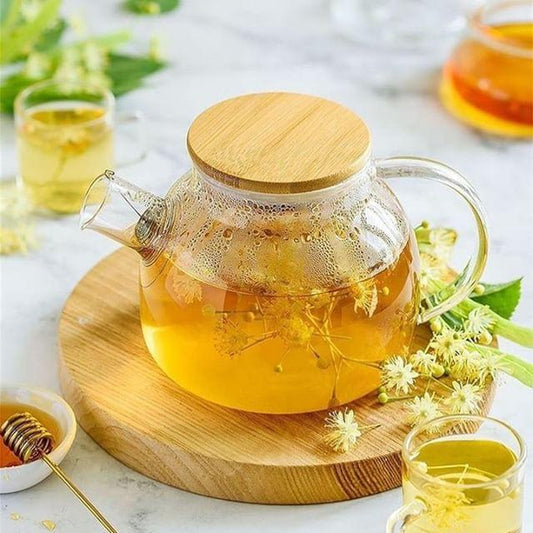How to Choose the Perfect Spices for Your Meals

Spices are the secret ingredients that can transform a simple dish into an extraordinary culinary experience. However, with so many spices available, knowing how to choose the right ones for your meals can be a bit overwhelming. This guide will help you navigate the world of spices, giving you tips on how to select and use them to enhance the flavor of your dishes.
1. Understand the Flavor Profile
Each spice has a unique flavor profile that can range from sweet to savory, earthy to spicy. Understanding these profiles is the first step in choosing the right spices for your meal:
- Sweet Spices: Cinnamon, nutmeg, and allspice are commonly used in desserts but can also add warmth to savory dishes.
- Savory Spices: Garlic powder, onion powder, and herbs like thyme and rosemary are staples for savory meals.
- Spicy Spices: Cayenne pepper, chili powder, and black pepper add heat and depth to dishes.
- Earthy Spices: Cumin, turmeric, and coriander provide a grounding, earthy flavor often found in Middle Eastern and Indian cuisine.
2. Consider the Cuisine
Different cuisines around the world have distinct spice combinations that define their flavors. When cooking a dish from a specific cuisine, use spices that are traditionally associated with it:
- Italian Cuisine: Basil, oregano, garlic, and rosemary.
- Mexican Cuisine: Cumin, chili powder, cilantro, and smoked paprika.
- Indian Cuisine: Turmeric, cumin, coriander, and garam masala.
- Middle Eastern Cuisine: Sumac, za’atar, cumin, and cinnamon.
3. Match Spices to the Main Ingredient
The type of protein or vegetable you’re cooking can guide your spice choices. Certain spices pair particularly well with specific ingredients:
- Chicken: Pairs well with thyme, rosemary, paprika, and garlic.
- Beef: Complements with black pepper, cumin, oregano, and smoked paprika.
- Fish: Works well with dill, lemon pepper, garlic, and parsley.
- Vegetables: Enhance with turmeric, cumin, oregano, and thyme.
4. Balance the Flavors
When choosing spices, think about how they will balance each other in the dish. A good balance of flavors includes a mix of sweet, salty, sour, bitter, and umami:
- Sweet and Savory: Pair cinnamon with cumin in a chili to balance sweet and savory.
- Spicy and Cooling: Use cayenne pepper with yogurt-based sauces for a spicy yet cooling effect.
- Herbaceous and Earthy: Combine rosemary with thyme for a balanced herb flavor.
5. Experiment with Spice Blends
Spice blends are pre-mixed combinations of spices that can simplify the process of flavoring your meals. These blends are crafted to create a harmonious flavor profile, making them a great starting point for beginners:
- Herbes de Provence: A blend of thyme, rosemary, basil, and lavender, perfect for Mediterranean dishes.
- Curry Powder: A mix of turmeric, coriander, cumin, and other spices, ideal for Indian and Southeast Asian recipes.
- Chili Powder: A combination of ground chili peppers, cumin, and garlic, commonly used in Mexican and Tex-Mex cooking.
6. Start with Small Amounts
When trying a new spice or spice blend, start with a small amount and gradually add more. Spices can be potent, and it’s easier to add more than to take away. Taste as you go to ensure the flavors are balanced and not overwhelming.
7. Consider the Cooking Method
The way you cook your food can affect how spices should be used. Some spices are more potent when cooked, while others are best added at the end:
- Slow Cooking: Spices like bay leaves, thyme, and cumin develop deeper flavors in slow-cooked dishes.
- Grilling: Use dry rubs with spices like paprika, garlic powder, and black pepper for meats.
- Finishing: Fresh herbs like basil, cilantro, and parsley are best added at the end of cooking to preserve their bright flavors.
8. Store Spices Properly
To maintain the potency and flavor of your spices, store them in a cool, dark place, away from heat and moisture. Whole spices last longer than ground ones, so consider grinding your own when possible. Proper storage ensures your spices remain fresh and flavorful for longer.
9. Don’t Be Afraid to Experiment
The best way to learn how to choose and use spices is to experiment. Try different combinations and discover what you enjoy. Keep a journal of your successful (and not-so-successful) experiments to refine your spice selection process.
10. Trust Your Taste
Ultimately, the best spice choices come down to your personal preferences. Trust your taste buds and adjust spices according to what you and your family enjoy. Over time, you’ll develop a sense of what works best for your cooking style.
Conclusion
Choosing the right spices can elevate your meals from ordinary to extraordinary. By understanding flavor profiles, considering the cuisine, and experimenting with different combinations, you’ll become more confident in your ability to select spices that enhance your dishes. So, the next time you cook, reach for those spices with confidence and creativity!
Share:





